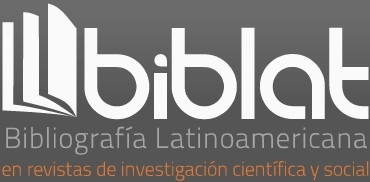The Meaning of Present and Future Forms in Spanish
DOI:
https://doi.org/10.35494/topsem.2000.2.4.280Abstract
Upon considering the group of semantic values vehiculated through the temporal morphology of the verb, we can confirm that this morphology does not possess a strictly temporal semantic value. By means of a semasiological approach it is possible to identify a group of meanings of the abovementioned morphology that are not temporal. A superficial examination of the forms of the present and the future of the indicative allow us to recognize some of these meanings. In the case of the present, the nontemporal values are found articulated around the mode of presence of the enunciatee in the utterance. On the one hand, with that, it gives the impression of the objectivity but, on the other hand, with its presence it takes on the responsibility of such future, this vehiculates a group of modal values, such as obligation, probability and desire. It is possible to hope that a semasiological analysis of the group of the verb formants offer an interpretation in nontemporal terms and with that, free temporality from specific manifestation in order to be able to propose it as an effect of discursive meaning.
Downloads
Downloads
Published
How to Cite
Issue
Section
License

Tópicos del Seminario is licensed under a Creative Commons Reconocimiento-NoComercial-CompartirIgual 4.0 Internacional License.














